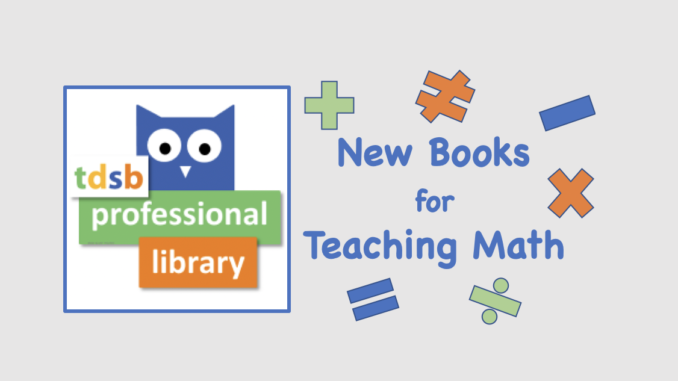
By Judy Ameline & Judy Chyung
This issue we celebrate a bumper crop of new books on how to teach math. The focus is mostly elementary but there are a few titles of interest for secondary educators too. This list was curated by librarians at the TDSB Professional Library in the Library Learning Resources and Global Education Department of the Toronto District School Board.
Links to TDSB Professional Library Catalogue records have been provided, however, items are available for loan to TDSB staff only.
Access and Equity: Promoting high-quality mathematics. Reston, VA: National Council of Teachers of Mathematics.
 | 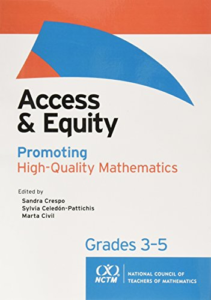 | 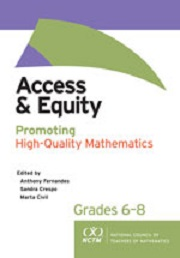 | 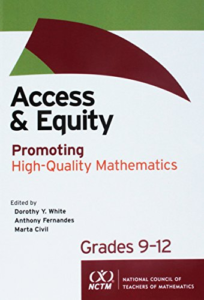 |
| PreK-Grade 2 (2017) | Grades 3-5 (2018) | Grades 6-8 (2017) | Grades 9-12 (2018) |
These four books in a series from NCTM, for different grade levels, help teachers to provide challenging and effective mathematics education for culturally and linguistically diverse students with teaching practices that build on students’ experiences and backgrounds.

Mighton, J. (2020). All Things Being Equal: Why math is the key to a better world. Toronto: Knopf Canada.
The author argues that math is an accessible subject to every brain and offers scientifically proven step-by-step teaching methods to succeed in math. He believes that math study is an ideal starting point to break down social inequality and empower individuals to build a smarter, kinder, and more equitable world.

Small, M. (2018). Fun and Fundamental Math for Young Children. New York, NY: Teachers College Press.
In this book, Marian Small, brings the most important concepts and skills needed to provide preK to second grade students with a strong foundation in mathematics. The book provides sample activities and lessons, as well as guidance for using children’s books, games, manipulatives, and electronic devices. This resource also demonstrates how to differentiate instruction using tasks and questions designed to include all students.
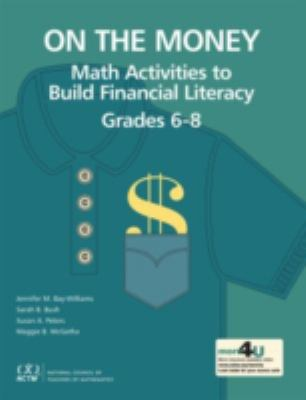
On the Money: Math activities to build financial literacy K – Grade 5. Reston, VA: National Council of Teachers of Mathematics. K – Grade 5 (2018) Grades 6-8 (2015)
These two NCTM books in a series, for different grade levels, on financial literacy, provide lessons and activities for grades K to 5 students on learning to identify coins and their values, and money management, and for grades 6 – 8 students on jobs and net pay, sales discounts, credit card management, car insurance, and paying for college. Since financial literacy is a new curriculum strand in The Ontario Curriculum Grades 1-8: Mathematics, 2020, these books are good supplementary educator resources for teaching the new Ontario elementary mathematics.
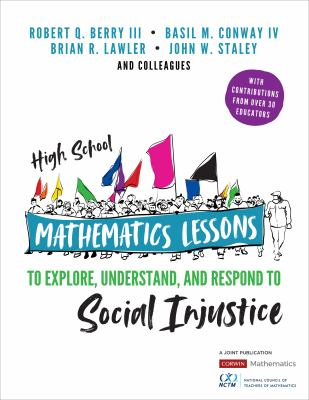
Berry, R.Q., Conway, B.M., Lawler, B., & Staley, J.W. (2020). High school mathematics lessons to explore, understand, and respond to social injustice. Thousand Oaks, CA: Corwin.
This book connects high school mathematics content to life by connecting it to the issues students see and want to change in the world. It provides teachers with the process of using mathematics as a tool to explore, understand, and respond to issues of social injustice including: environmental injustice; wealth inequality; food insecurity; and gender, LGBTQ, and racial discrimination.
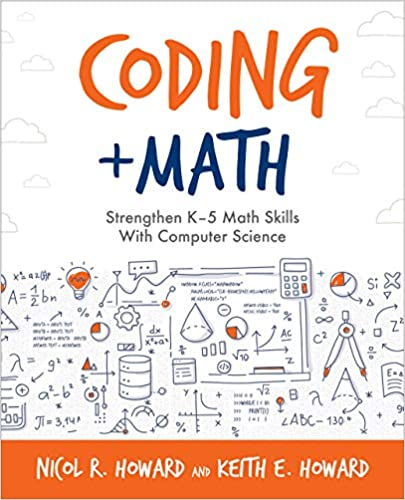
Coding + math : Strengthen K-5 math skills with computer science. (2020)
Coding + Math reinforces the connection between math and computer science by offering elementary teachers guidelines for designing integrated CS/math curricula. Including mini-lessons that contrast visual-based coding with text-based programming, the authors provide guidance in the selection and creation of lessons, instructional materials and CS platforms to help educators prepare students for the careers of the 21st century.

Visible maths: Using representations and structure to enhance mathematics teaching in schools. (2019)
In this book the author supports teachers in their use of visual representations to illustrate key mathematical concepts. The book examines the strengths and weaknesses of each representation so that both elementary and secondary school mathematics teachers can make informed decisions about which representations will benefit their students. Covering vectors, number lines, algebra tiles, ordered-pair graphs and many other representations, Visible Maths gives teachers the confidence and practical knowledge to raise their students’ learning to the next level.
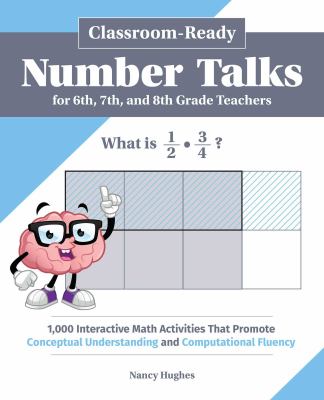
Classroom-Ready Number Talks for Sixth, Seventh, and Eighth Grade Teachers Different levels (2020)
This book provides grade-level specific strategies designed to teach middle school students the mental math and problem-solving skills they need to become successful mathematical thinkers. Activities ranging from multiplication and division to decimals and integers enable teachers to reduce time spent planning lessons and preparing materials and devote more time to engaging students in learning essential math concepts.
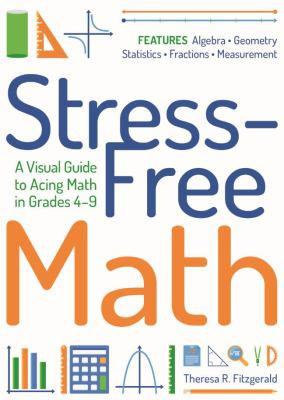
Stress-free math : A visual guide to acing math in grades 4-9. (2020)
This well-organized and easy-to-follow reference guide covers subjects like measurement, algebra, geometry, fractions and decimals, statistics and probability, and problem solving. It includes illustrated, concise explanations of the most common terms used in grades 4-9 math classes along with measurement conversion tables, guides to geometric shapes, and more. Each concept covered has a definition and an example or illustration. Full of strategies to help students master math concepts easily, the book also discusses the use of manipulatives and basic math tools to improve students’ understanding and build their confidence.
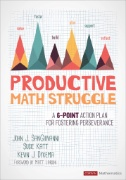
Productive Math struggle : A 6-point action plan for fostering perseverance (2020)
Students learn and grow through struggle. Teachers must help students leverage their struggles to develop positive learning strategies, particularly with respect to math. Productive Math Struggle illustrates how teachers can prevent students from becoming discouraged in the face of difficult challenges, and foster perseverance and resilience. Centred around the idea that math is a way of thinking and understanding, and not just the quest for the correct answer, this book shows teachers how to help students embrace productive struggle and build essential skills for working in the 21st century.
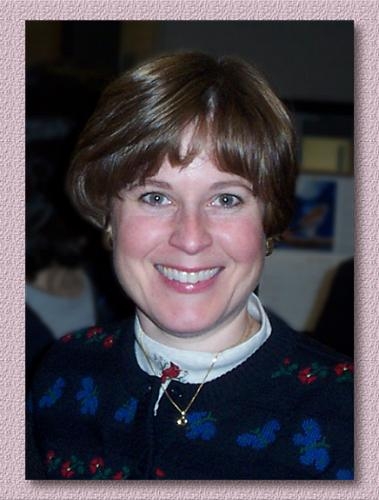
Judy Ameline is a librarian at the Toronto District School Board Professional Library with almost 30 years experience providing reference service. She is passionate about providing TDSB teachers and leaders access to current, cutting edge information in the field of education to support their professional development needs. Check out the Library’s Pinterest Boards and follow her on Twitter @AmelineJudy

Judy Chyung has extensive experience providing Education Reference and Online Services to the educators and leaders of Toronto District School Board at the TDSB Professional Library. She enjoys reading and learning about the trends in education literature, and assisting TDSB educators with their information needs whether for their classroom support or for their professional learning. One of the current initiatives that she leads is the curated Resource Guides for Heritage Months celebrated by TDSB. You can check out the Guides at http://bit.ly/DirectoryHeritageMonthListsPL. Her daughter, who is currently in a middle school in TDSB, keeps her in touch with the pulse of a school life and daily issues our kids face in a school.